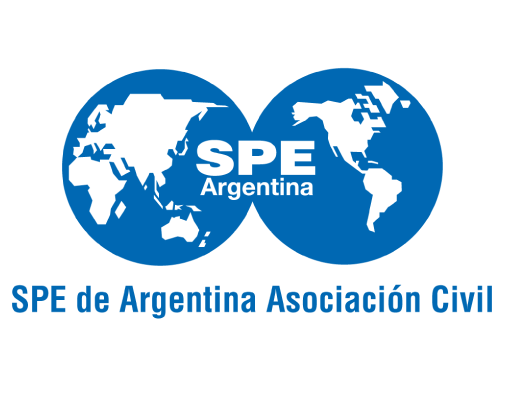
Optimizing liquid recoveries from shales through geologic, geomechanical, fluid and operating considerations. Milind D. Deo, University of Utah
Biography
Dr Milind D. Deo is the Peter D. and Catherine R. Professor and Chair of Chemical Engineering at the University of Utah in Salt Lake City. He is also an affiliate senior scientist at the Energy and Geoscience Institute, a large consortium of upstream companies at the University of Utah.
He has a B.S. from IIT Madras in India and Ph.D. from University of Houston in Chemical Engineering. He was a post-doctoral fellow at Stanford University before joining the University of Utah faculty in1989. His research interests are in reservoir engineering, enhanced oil recovery, carbon dioxide injection for EOR and sequestration, flow assurance and geotermal energy production. He was the Associate Dean for Academic Affairs in the College of Engineering, before taking over as the Department Chair. He has supervised the Ph.D. dissertations of 29 students and the Masters work of about a dozen students. He is the Fellow of the American Institute of Chemical Engineers and has been recognized for Reservoir Description and Dynamics by the Rocky Mountain North America Region.
Abstract
Production of oil in the United States nearly doubled to about 10 million barrels a day over a five year span primarily due to increased production of liquids from shale plays. The technological advances that led to this increase were impressive, but there were also some system failures. Improving production of liquids from low-permeability, shale plays requires an integrated understanding of the interaction of fluid thermodynamic and formation geologic and geomechanical properties. Reservoir simulation and response surface methods helped establish the important factors that control liquid recoveries. Matrix permeability and hydraulic fracture spacing are at the top of the list, and six out of the eight factors were geologic. A transient material balance method was used successfully in the Permian Basin for the calculation of reservoir permeability early in production. Liquid rates and recoveries improved when the wells were operated at higher bottom-hole pressures, which is now being recognized and implemented by some producers. A dicrete-element geomechanical model to determine the morphology of hydraulic fractures is used to guide the fracturing process. A method to accurately simulate large multi-fracture, multi-well areas to optimize fracture and well spacing is described. Recovery of liquids from shales could be improved by operating the wells at higher pressures, and by optimizing fracture and well spacing.
Fecha: Lunes 4 de Diciembre
Lugar: Auditorio de Pampa Energía, Maipú 1, 2do subsuelo, Bs.As
Inscribite hasta el Jueves 30 de Noviembre. La entrada es libre y gratuita. La inscripción se cerrará al llegar al cupo máximo
Inscripciones cerradas
